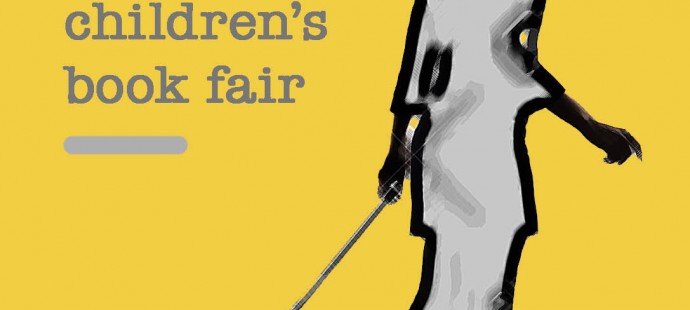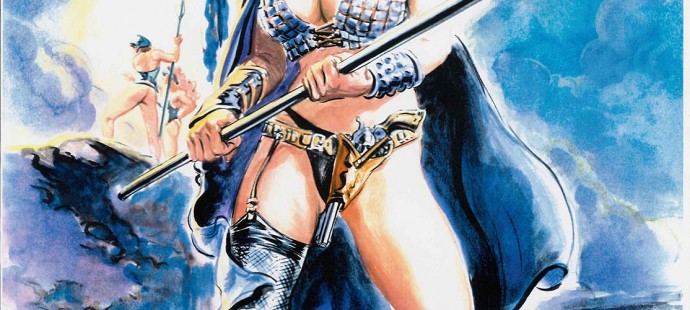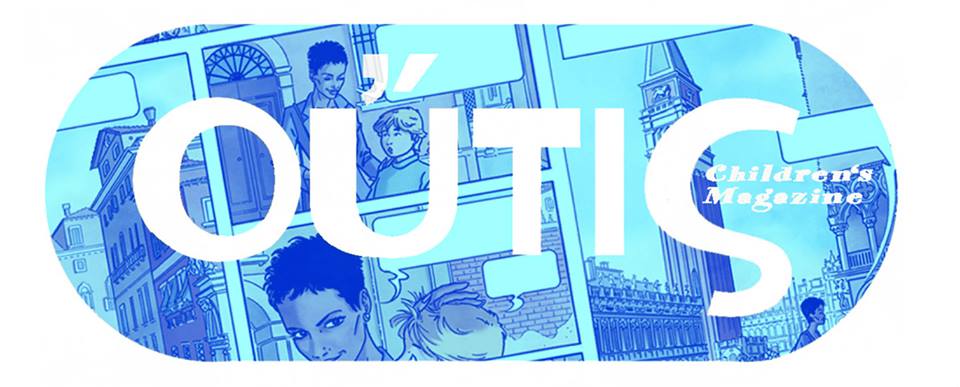
Mathias l’avventura si scalda
Mathias l’avventura si scalda Anna Mathias adventure, Il nuovo episodio: Dove volano le Sirene. SERIE: Mathias STORY/ART: Giancarlo Malagutti GENRE: Adventure/Mystery/Thriller/Fantasy TARGET READERSHIP: All ages, both sexes SETTING: Well known and characteristic cities ...





